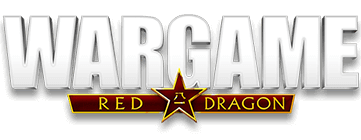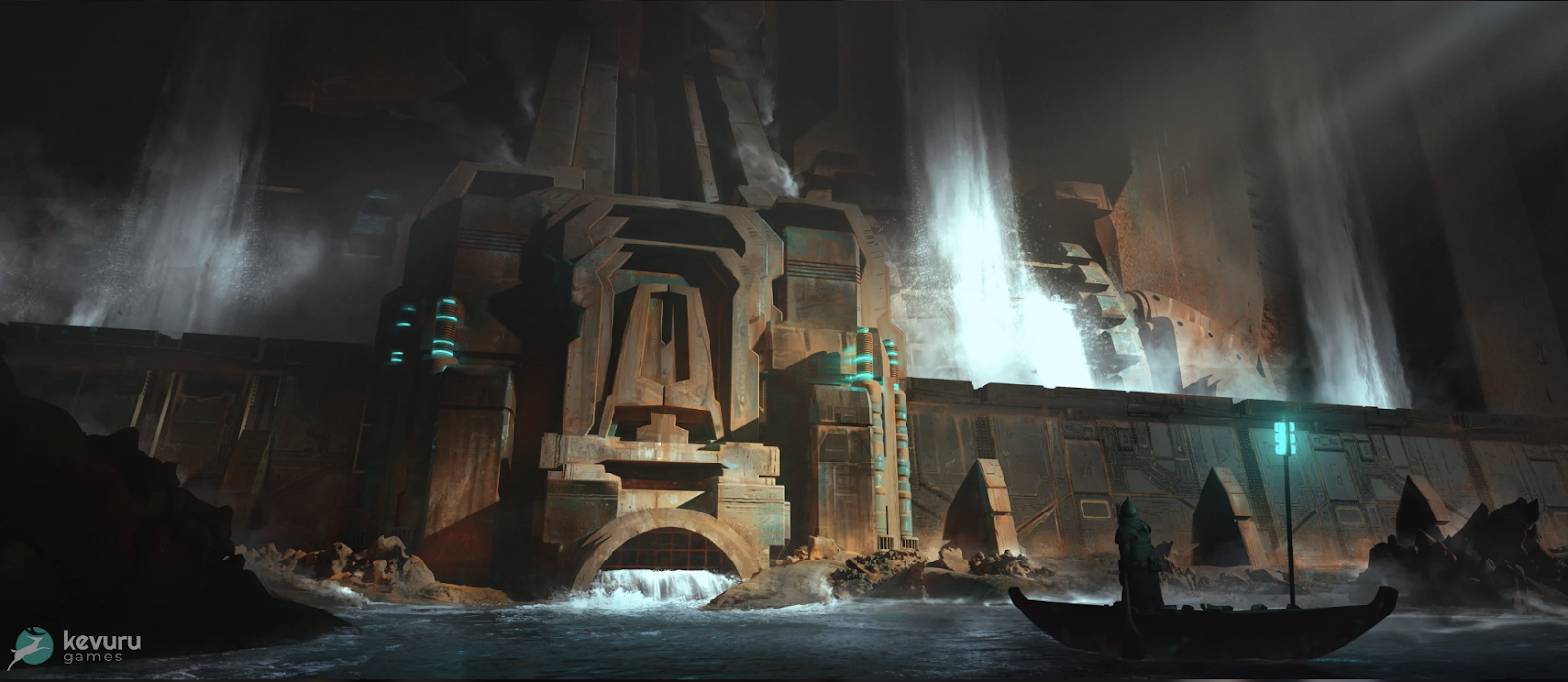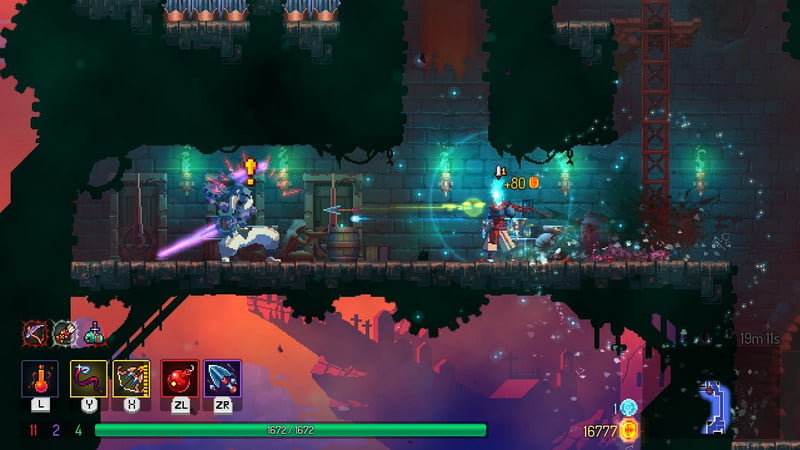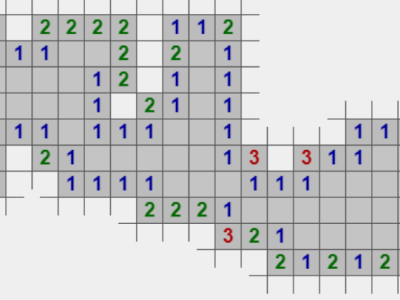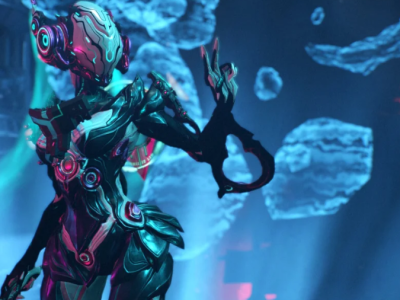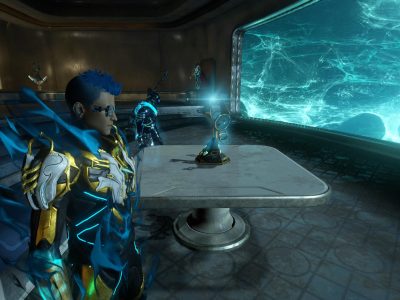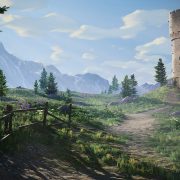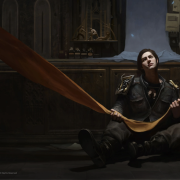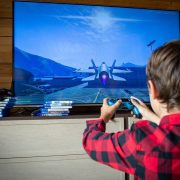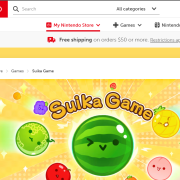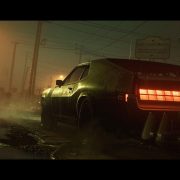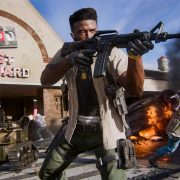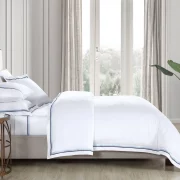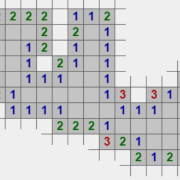
Modern methods and technologies for creating 2D graphics in game development
2D graphics have been part of video games since the very beginning — and they’re still going strong. Far from being replaced by 3D, modern 2D artists often adapt elements of 3D technology to use in their work and make it more original and expressive.
2D art from Kevuru Games portfolio
Indie 2D titles regularly shine at major awards, winning attention for their distinctive art styles. And it’s not only hand-drawn masterpieces making waves. There has been significant technological evolution in 2D art, with no signs of slowing down. Let’s explore the latest advances shaping the industry.
What Are the Latest Tools Used for 2D Game Art Creation?
In 2025, 2D graphics are made with a mix of trusted classics and fresh tools. Photoshop and Illustrator still lead for concept art and textures, while Aseprite remains the go-to for pixel art. Clip Studio Paint is now a favorite for detailed illustration and short animations, especially in indie projects.
For smoother character movement, many studios rely on skeletal animation tools like Spine and DragonBones. Live2D Cubism is popular for expressive, interactive characters. Newer AI-powered tools, such as Runway and Scenario, speed up asset generation, helping artists focus on style and polish.
What Role Do AI and Automation Play in 2D Asset Creation?
AI and automation have become powerful allies in 2D game art, helping artists speed up repetitive work while leaving more time for creativity. In 2025, AI-powered tools can automatically generate concept sketches, recolor characters for different skins, upscale assets without losing quality, or even suggest animation keyframes based on a character’s rig.
For example, machine learning models can quickly produce multiple style variations from a single base design — useful for testing art directions before committing to a final look. Automation scripts in tools like Photoshop or Krita can batch-process sprites, apply consistent lighting or shading, and adapt assets to different resolutions, making multi-platform releases easier.
2D art from Kevuru Games portfolio
Importantly, these technologies don’t replace the artist’s vision; they amplify it. While AI can fill in backgrounds, generate facial expressions, or create rough animations, the final polish still comes from human skill, ensuring the 2D art stays unique and emotionally resonant. This synergy between automation and artistry is now a standard part of modern 2D character design, as well as environment design, props, and animation.
How Is Procedural Generation Used in 2D Graphic Design?
Procedural generation in 2D game development means using algorithms to create art and levels dynamically, rather than hand-crafting every detail. For example, in the platformer Dead Cells, artists design a set of tiles — grass, dirt, stone — and decorative elements like trees or lanterns. Then, the game’s procedural system arranges them based on rules, so every playthrough feels fresh: one run might feature a gentle slope with a big tree, while the next could have cliffs and waterfalls.
The 2D art company still creates all visual assets to maintain a consistent style, but procedural generation handles the layout, saving time and boosting replayability.
Modern procedural tools integrate with popular engines like Unity and Godot, enabling artists to combine algorithmic output with hand-drawn 2D character design and environments. This hybrid workflow keeps the personal touch of manual artistry while leveraging automation to save time and costs.
Where 2D game development is headed next
With tools becoming smarter, workflows more flexible, and styles more diverse, 2D game visuals continue to push creative boundaries. From AI-assisted animation to hybrid 2D/3D techniques, the craft is evolving while staying true to its roots.
For many studios, 2D art services play a central role — whether handled in-house or through 2D game art outsourcing — allowing them to tap into specialized talent, speed up production, and explore fresh artistic directions without overstretching internal teams. As technology and artistry move forward together, 2D remains one of the most adaptable and inspiring forces in modern game development.
